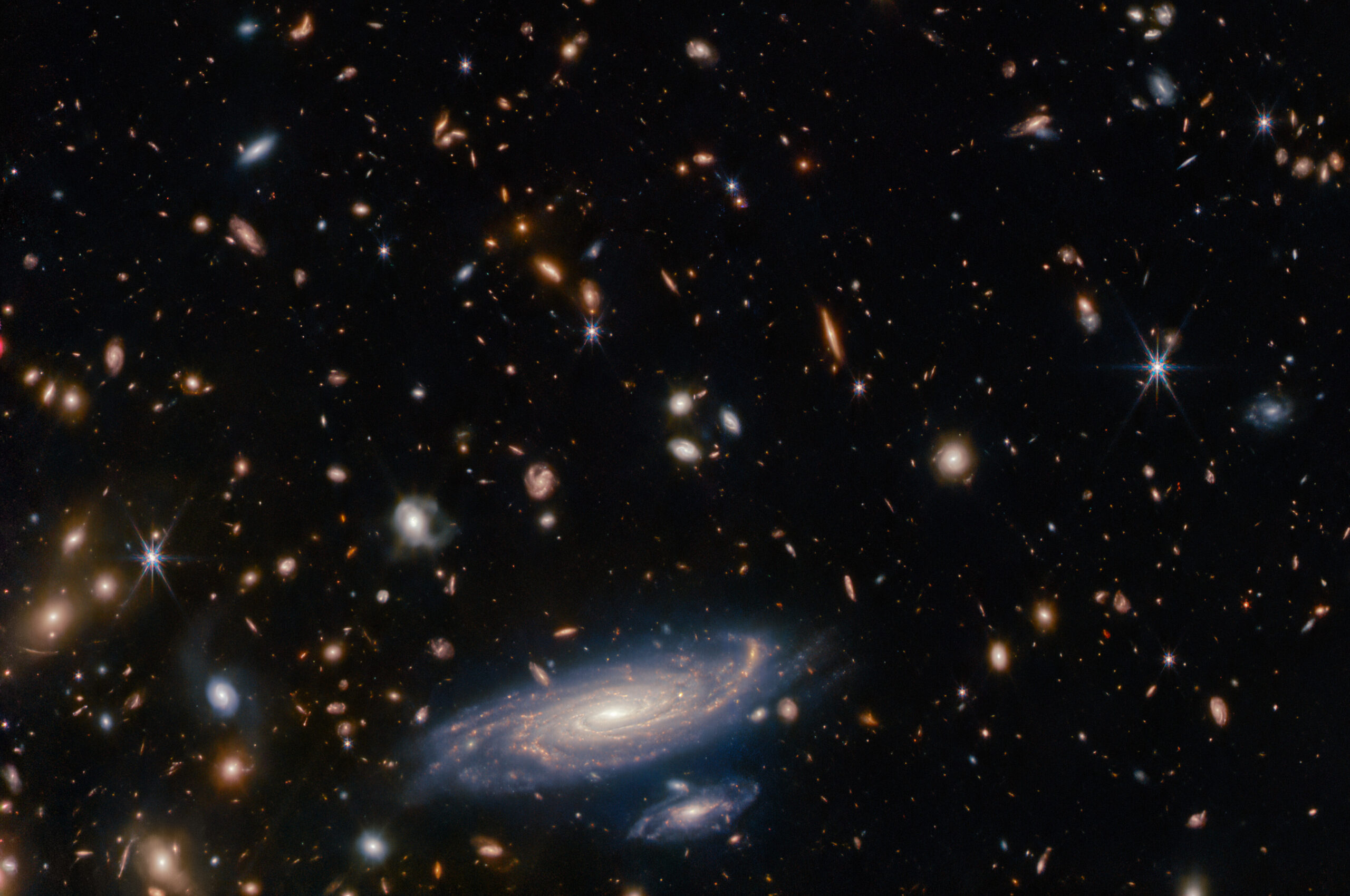NASA’s Magnetospheric Multiscale (MMS) mission was launched in March 2015 into an elliptical orbit around Earth to study magnetic reconnection, a fundamental plasma-physical process that taps the energy stored in a magnetic field and converts it —typically explosively— into heat and kinetic energy of charged particles. MMS consists of four spacecraft with an identical set of 11 instruments made of 25 sensors that measure charged particles and electric and magnetic fields. The orbit of MMS is designed to maximize the crossings of magnetic reconnection sites.
Magnetic reconnection occurs in a narrow layer called the diffusion region where plasma particles, otherwise captured by the magnetic field, are decoupled from the magnetic field lines that are “breaking” and then “reconnecting”. Magnetic reconnection drives eruptive solar flares, coronal mass ejections, geomagnetic storms, and magnetospheric substorms. Yet, little was known on how magnetic reconnection actually works in space inside the small diffusion region. By separating spatial and temporal variations with a tetrahedron constellation of four spacecraft, ESA’s Cluster mission succeeded to resolve the ion-scale current sheets associated with magnetic reconnection. With a smaller-size tetrahedron constellation and unprecedented high-time resolution instrumentation tuned for the quicker and smaller-scale electrons, MMS for the first time enabled to detect the fast processes inside the electron diffusion region.
MMS enabled to confirm some fundamental theoretical predictions, such as the current sheet geometry and gradients in electron pressure in the electron diffusion region and the reconnection rate. Yet MMS has also provided surprises, such as oscillatory localized energy conversion with unexpected intense localized electric fields. Recurrent crossings of MMS at reconnection sites showed a remarkable variety of energy dissipation and electron acceleration regions depending on parameters such as magnetic shear angle or plasma density gradient. MMS further discovered energy conversion sites within different types of dynamic thin current sheets formed throughout near-Earth space. These include velocity induced reconnection regions within Kelvin-Helmholtz waves at the flank of the magnetosphere or turbulent current sheets in the magnetosheath and in the shock transition region, where occasionally only electrons are involved in reconnection processes. These new discoveries from MMS stimulated new simulation/theory studies. Significant progress are made in understanding the role of non-gyrotropic electron pressure, waves and turbulence in controlling the energy conversion and the electron heating and acceleration around the reconnection site.
As a natural plasma observatory, MMS continues to obtain new knowledge on reconnection and is expected to unveil important aspects of other universal plasma processes, such as shocks and turbulence, in the upcoming years.
Dr. Rumi Nakamura is a group leader at the Space Research Institute, Austrian Academy of Sciences and a highly cited expert in magnetosphere and space plasma physics. She is the lead investigator for the Active Spacecraft Potential Control (ASPOC) on MMS mission. She is also a Co-I of Cluster, Double Star, Venus Express, THEMIS, MMS, BepiColombo and SMILE.
Seminar was recorded on October 15, 2020
